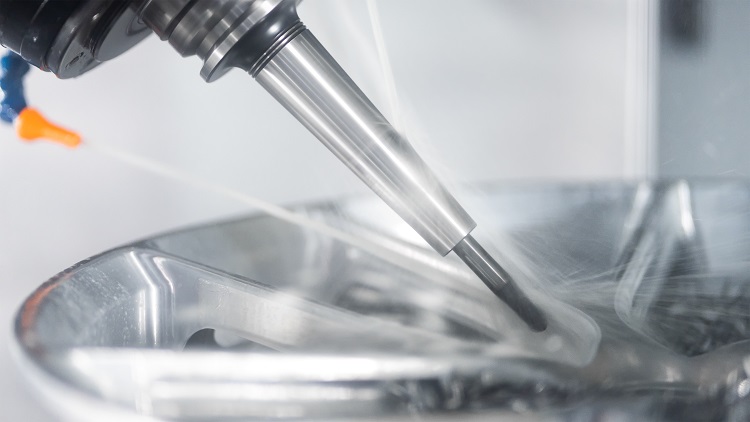Ask the Manufacturing Specialist: What is Hard Milling?

Mike S., Acuity’s own in-house manufacturing specialist, answers the question, “What is Hard Milling?”
Hard milling is a specialized machining process that allows machine shops to mill pars that have a Rockwell hardness of up to 64.
The process of hard milling is very similar to normal machining; however, it requires special equipment and understanding of material hardness, machining capabilities, tooling, and tool holding devices.
Hard milling was first used to re-machine parts that were previously heat treated (made harder to increase performance or life expectancy) and which needed additional machining or changes. It quickly turned into an independent machining process.
The main drivers for hard milling as an independent process are:
- The need for quicker turnaround on mold and die components (faster time to market).
- The cost and time intensity of EDMing (electronic discharge machining), surface grinding, and jig grinding.
- The availability of newer pre-hardened materials such as P20, H13, 4140, etc.
- Improvements in CAD/CAM and 3D machining.
- Dramatic improvements in machines, machine tools (cutters), and tool holding devices.
- An ever-increasing need to manufacture replacement or new tooling components, reduce lead times, and improve surface finishes.
Hard milling machines need to have high static and dynamic rigidity. Machine bases are made of polymer concrete in monolithic construction to absorb vibrations and help dampening, ensuring high cutting speeds to generate great surface finishing and cutting tool utilization. Glass scales are needed to ensure accuracy as well as machine controls that can handle the higher feed rates and true positioning.
Machine axis should be direct drive. Machine spindles should be vector-controlled with at least 15,000 RPMs. Tool holders need to be hollow cup taper (HSK) to increase rigidity and reduce overall tool length, not the standard CAT, ISO, or BT holders.
Tools should be shrink-fit to ensure minimal run-out and vibration reduction as well as increased accuracy and tool life. Tooling needs to be solid carbide or ceramic. Carbide should be coated, and roughing endmills should have four or more flutes to reduce chip load and allow increased feed rates. Flute length should be short and helical angles should be 30 degrees.
Work with cutting tool OEMs to get the most for your money. Tooling is even more critical in hard milling than in your machine and the hard milling process if your cutting tooling can’t perform at an optimal rate. Remember that speed, surface finish, and accuracy as well as eliminating secondary processing is where hard milling will pay off and give you a new business opportunity.
To summarize, hard milling is a specialized process of machining that can be very lucrative and give you a new way of machining hardened steel. It is a great alternative to EDMing, grinding, and other slower and more time-consuming processes.
Michael S. is Manufacturing Business Segment Specialist. If you have any questions that you want him to answer, please email Mike at simply.acuity@acuity.com.
This article is provided for informational purposes only, is general in nature, and is not intended to and should not be relied upon or construed as technical, legal, or other professional advice. If legal or other expert assistance is required, the services of a competent professional should be sought. The information presented in this article is based on the most current information available at the time of publication.
An insurance company that cares about you and insuring the things you wish to be insured.
Get a Quote> Find an Agent>

